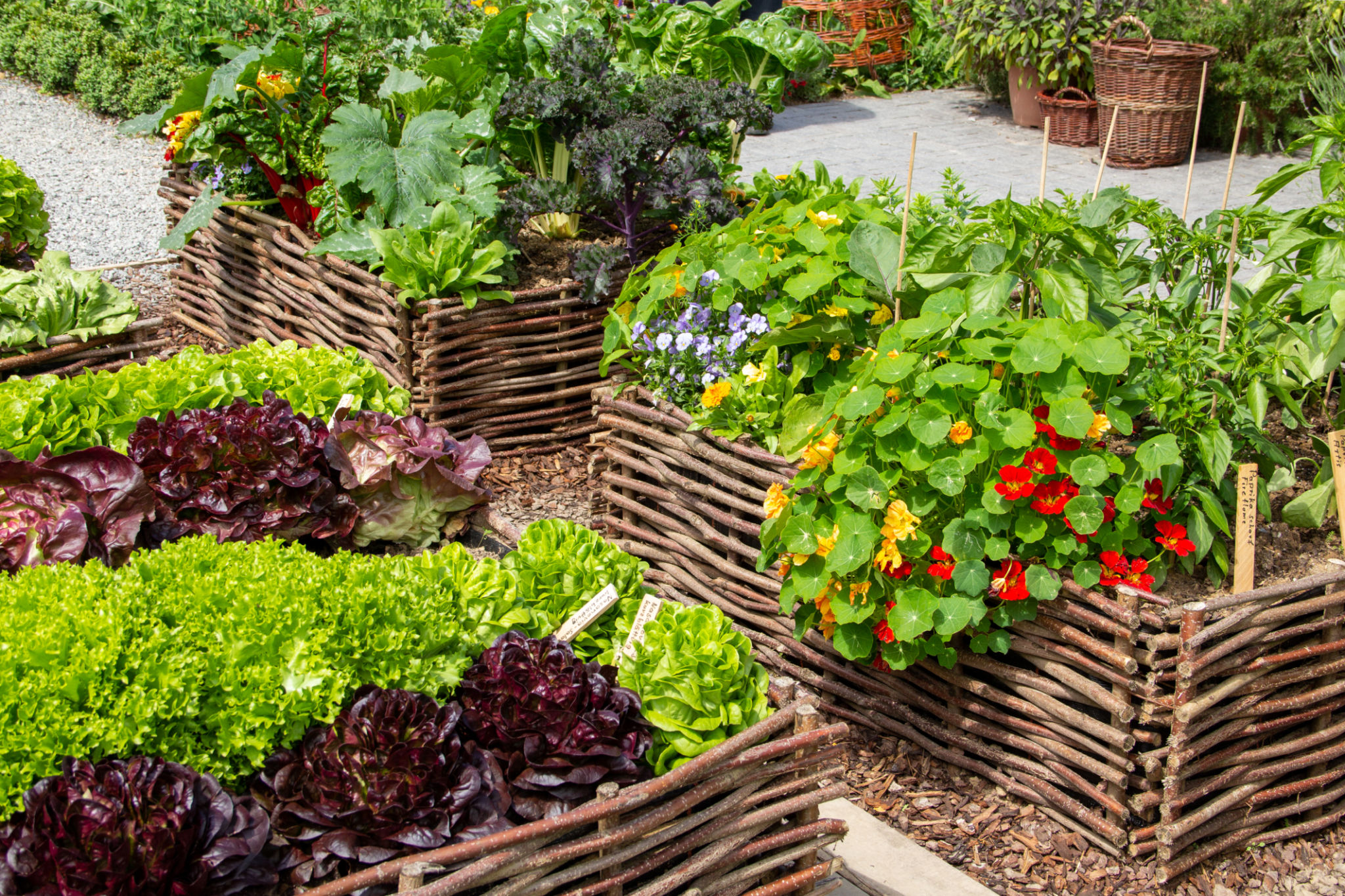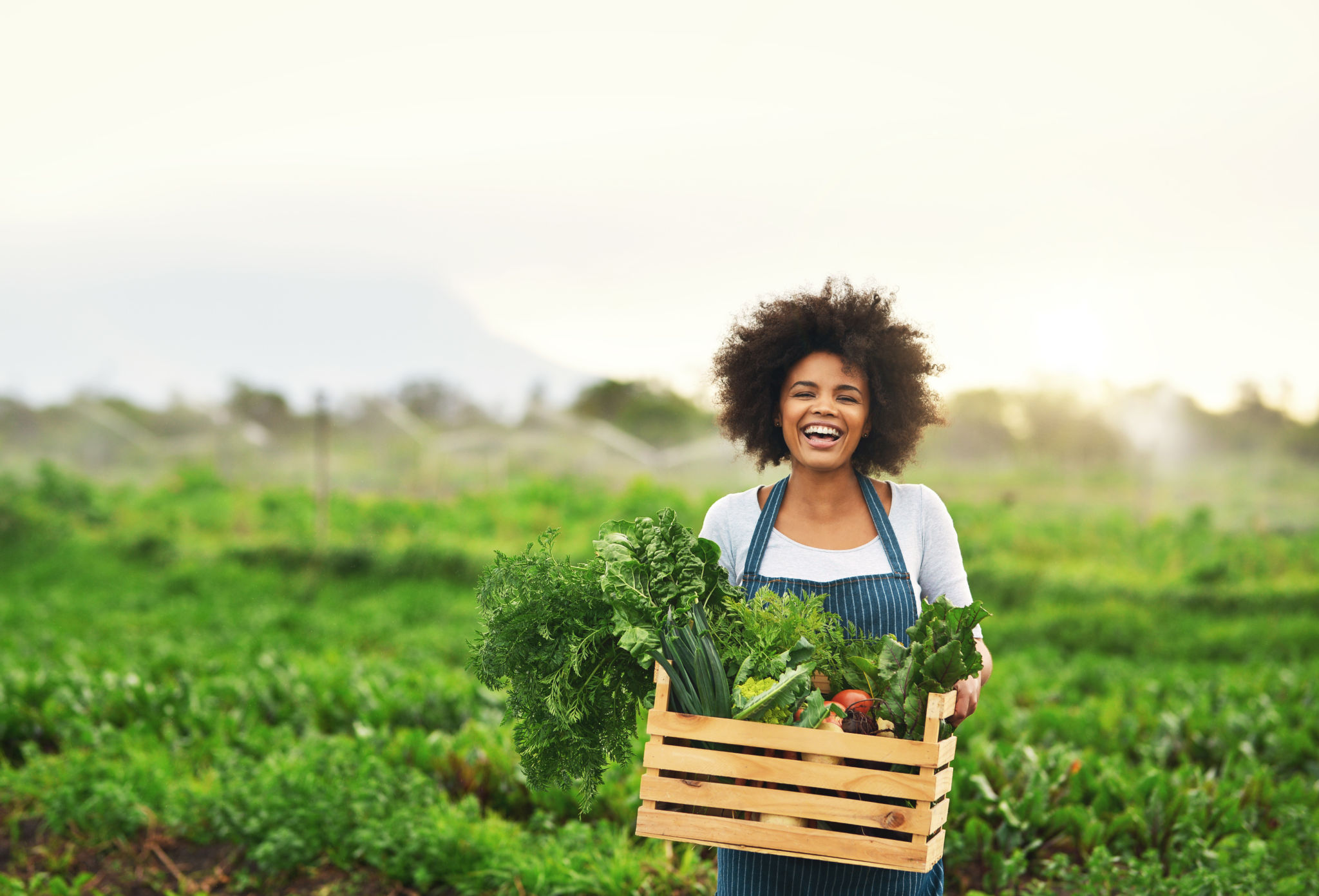How to Transform Your Garden into a Sustainable Edible Oasis
Understanding the Benefits of a Sustainable Edible Garden
Transforming your garden into a sustainable edible oasis offers a multitude of benefits. Not only does it provide a fresh and organic source of fruits, vegetables, and herbs, but it also supports local biodiversity and reduces your carbon footprint. By embracing sustainable practices, you create a self-sufficient ecosystem that thrives year-round.
An edible garden encourages healthier eating habits and reduces reliance on store-bought produce, which may be treated with pesticides. Moreover, it fosters a deeper connection with nature and enhances your understanding of seasonal cycles and plant care.

Selecting the Right Plants for Your Climate
Choosing the right plants is crucial for the success of your edible garden. Start by researching plants that thrive in your local climate. This ensures they will grow well without requiring excessive resources like water or fertilizers. Native plants are usually the best choice as they are adapted to your environment and attract local pollinators.
Consider incorporating a mix of annuals, perennials, and companion plants to maximize space and increase yield. Companion planting can naturally deter pests and improve plant health. For instance, planting basil near tomatoes can enhance their flavor and growth.

Creating a Sustainable Garden Layout
Designing a smart garden layout is essential for sustainability. Begin by analyzing the sun patterns in your garden to determine where to place sun-loving and shade-tolerant plants. Utilize vertical space by installing trellises or hanging planters for climbing plants such as beans and peas.
Implement efficient watering systems like drip irrigation or rainwater harvesting to conserve water. Consider building raised beds for better soil management and drainage, which can lead to healthier plants and higher productivity.
Building Healthy Soil
Soil health is the cornerstone of a thriving edible oasis. Start by testing your soil to understand its composition and nutrient levels. Then, enrich it with organic matter such as compost or well-rotted manure to improve fertility and structure.
Practice crop rotation each season to prevent soil depletion and reduce the risk of pests and diseases. Incorporate cover crops like clover or vetch during the off-season to add nitrogen back into the soil and maintain its vitality.

Embracing Organic Pest Control
Maintaining a sustainable edible garden means using natural methods to manage pests. Encourage beneficial insects such as ladybugs and bees by planting flowers like marigolds and sunflowers, which act as natural pest deterrents.
Introduce homemade solutions like neem oil or garlic spray to keep unwanted pests at bay without resorting to harmful chemicals. Regularly inspect your plants for signs of infestation and take action promptly to protect your garden's health.
Harvesting and Maintaining Your Edible Oasis
Once your garden begins to produce, harvesting becomes an exciting and rewarding task. Pick fruits and vegetables at their peak ripeness to enjoy the best flavors and nutritional value. Regular harvesting also encourages plants to produce more.
To maintain your sustainable oasis, continue nurturing the soil, rotating crops, and monitoring plant health throughout the seasons. Stay committed to organic practices to ensure a thriving ecosystem that provides bountiful harvests year after year.

